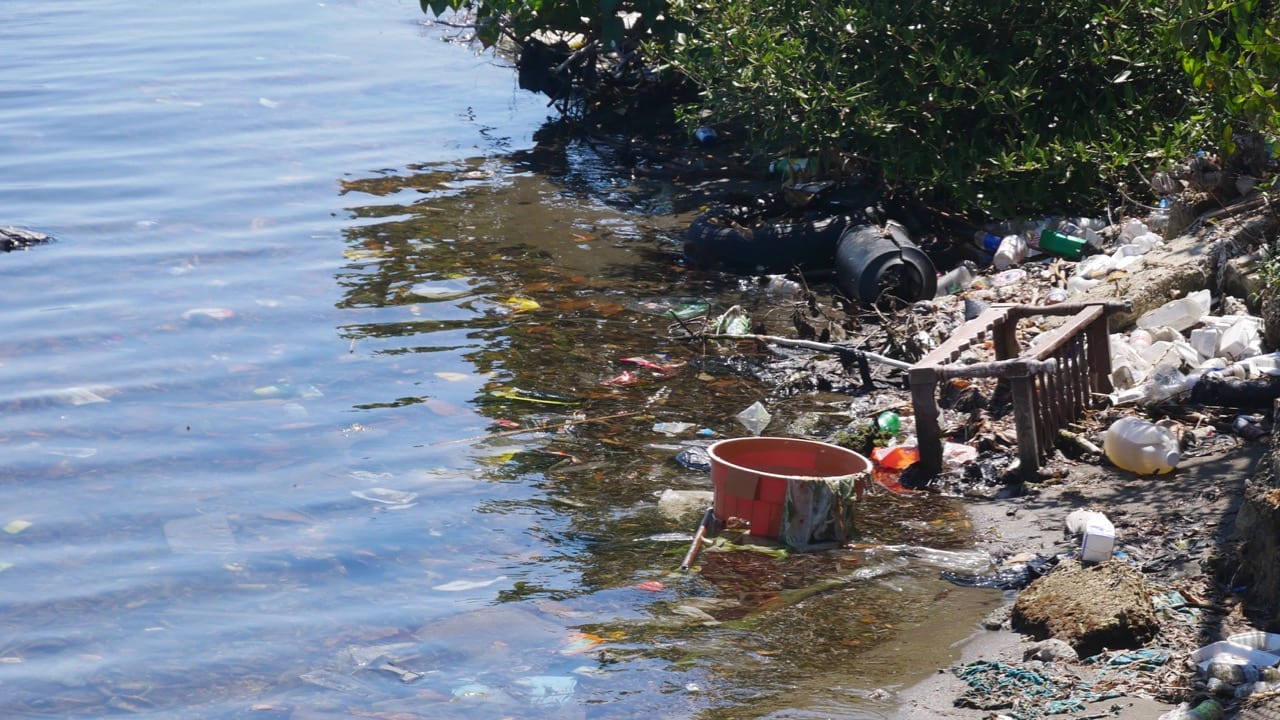The world is facing a huge waste problem.
Researchers have simulated how much plastic will be produced in the coming decades and how it will be discarded. The forecast is grim. Plastic waste is omnipresent: it can be found in oceans, rivers, and lakes worldwide. Tiny particles can also be found in people and animals.
Seventeen activists of environmental protection organizations and scientists from the universities of Oxford and Leeds have used simulation programs to determine how waste volumes could develop between 2016 and 2040.
Their results were published in Science.
It is clear that the current problem will become even more significant if nothing changes: By 2040, 1.3 billion tons of plastic waste would be released into the environment.


Conclusion of the study
“While no silver bullet exists, 78% of the plastic pollution problem can be solved by 2040 using current knowledge and technologies and at a lower net cost for waste management systems compared to BAU. However, with long degradation times, even a 78% reduction from BAU pollution rates results in a massive accumulation of plastic waste in the environment.”
What can we do?
CMU and Waste reduction
CMU started a separation of waste at critical points at the main campus in January 2019. Paper, plastic and general waste are collected in separate bins – based on a color code.
This video shows how.


